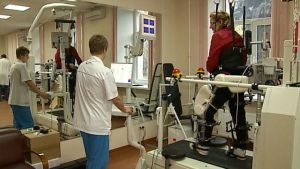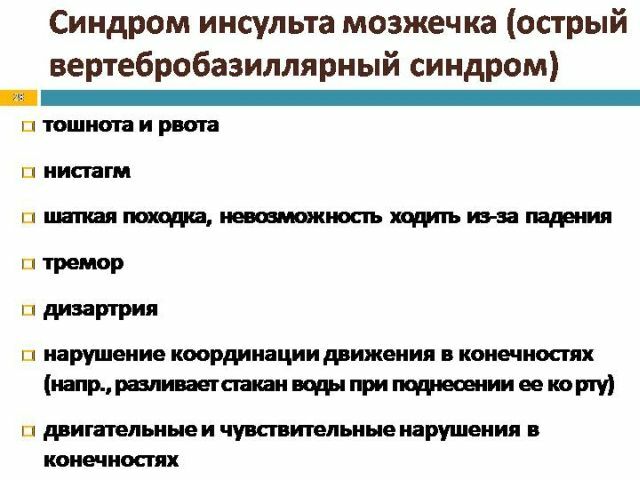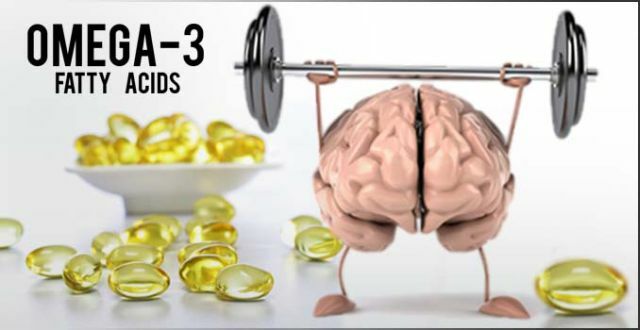Stroke in children - a rare phenomenon. Most often it occurs in people older than 50 years. This pathology is an acute cerebral ischemia as a result of circulatory disorders in cerebral arteries. Juvenile is hemorrhagic stroke (represents hemorrhage into the cavity of the skull) and ischemic (caused by obstruction of the arteries). This is a medical emergency with a high percentage of mortality.

Causes of
Disturbance of cerebral circulation, and acute ischemia contribute to:
- Hereditary dyslipidemia. It is characterized by increased blood atherogenic (causing vascular occlusion) lipoproteins.
- heart disease (congenital and acquired defects, heart attack).
- The presence of malformations (abnormal connections between veins and arteries in the brain).
- Infectious diseases.
- The presence of an aneurysm.
- Traumatic brain injury.
- Hyalinosis vessels.
- Atherosclerosis. When there are deposited on the arterial endothelium lipids, which are then converted into dense plaques bridging vessels.
- Brain tumor.
- Cysts.
- Intrauterine fetal hypoxia.
- Hypercoagulable (tendency to increase blood clotting). It contributes to the appearance of blood clots, clogging cerebral artery.
- Thromboembolism.
- Difficult birth.
- The presence of hydrocephalus.
- Viral and bacterial infections in utero.
- High blood pressure. Sometimes children stroke on the background of hypertensive crises.
- Smoking (a risk factor for cerebral ischemia in adolescents).
- The presence of diabetes mellitus.
- Psycho-emotional experiences.

The cause of stroke may be obese. Contributing factors are: metabolic disorders (low power consumption at a high caloric diet), heredity, large birth weight, child overfeeding, improper introduction of complementary foods, low physical activity and a violation of the meal.
The first signs and symptoms
Stroke Symptoms in children are determined by the degree of cerebral circulatory disorders and related diseases. For this brain pathology is characterized by the following symptoms:
- Violation of muscle tone (increase or decrease).
- Intense headache. It appears suddenly increases during movement and coughing.
- Impaired consciousness (somnolence, stupor, coma).
- Impaired speech, hearing and taste.
- Visual disturbances. Sick children may diplopia (double vision), a decrease of up to complete its loss. The process involves one or both eyes.
- Sensory impairment in the form of hypoesthesia.
- Impaired thinking and memory.
- Difficulty swallowing (dysphagia).
- lowering blood pressure.
- Convulsions.
- Dizziness.
- Great weakness.
- Difficulty active movements. A child can not raise their hands.
- Difficulty understanding the speech of other people.
- Cerebral symptoms (nausea, vomiting).
- Cry.
- pale skin.
- Regurgitation of food.
- Lethargy.
- Ataxia (dysmotility).

When the mini-strokes in infants and older children, symptoms may be erased. Child stroke amid cardiac abnormalities characterized by additional features as dyspnea, palpitations, disruptions infarction and cyanosis of the skin.
Diagnostics
If you suspect a cerebral ischemia the child will need:
- poll;
- physical examination;
- laboratory tests (blood, urine, biochemical test, coagulation, lipid research);
- instrumental studies (angiography of brain vessels, CT, MRI, Doppler, ECG, EEG, neurosonography);
- neurological and ophthalmological examinations.

In hemorrhagic stroke can be detected the hematoma, signs of hemorrhage, the displacement of brain structures and swelling. In ischemic tissues form of the disease revealed necrosis portion and obstruction of arteries. Differential diagnosis of acute cerebral ischemia in newborns and older children is carried out infectious diseases (encephalitis, meningitis), tumors, encephalopathy, abscess and craniocerebral injuries.
Treatment
Stroke in adolescents treated comprehensively. Already in the pre-hospital patient being assisted. It involves calling medical teams, resuscitation (when stopped breathing and heartbeat) and the pressure correction. stroke therapy involves:
- Surgical intervention. It is required for the formation of hematomas, accumulation of blood in the ventricles, thrombosis and atherosclerosis. To improve the blood flow may need removal hematomas, drainage, stenting, decompression, thrombectomy (removal of a blood clot), endarterectomy, and angioplasty. At a hemorrhagic stroke embolization is often performed, removing malformations and clipping.
- The use of medicines. In ischemic stroke and antiplatelet anticoagulant used (Dipyridamole-PVD, warfarin, heparin), activators plasminogen fibrinolytics (shown with fresh thrombi), neuroprotective agents (Vinpocetine, Pentoxifylline, Glycine, Piracetam, Cere). In the case of brain edema diuretics may be used. In convulsions phenobarbital in a low dosage. Stroke on the background of atherosclerosis used statins.
- Correction of respiratory failure.

In hemorrhagic stroke, many of these medicines are contraindicated. Treatment is aimed at stopping bleeding and hematoma resorption. Assigned haemostatics (Vikasol) and preparations normalizing blood pressure. In severe cases, mechanical ventilation and intubation. Intravenous colloidal solutions may be poured.
Complications and consequences
The consequences of stroke in children and adolescents may be:
- Coma.
- Violation of motor function. Often there are paralysis (plegia) and paresis.
- Speech disorders. Most often, they are marked with the defeat of the left hemisphere of the brain.
- Cognitive disorders (loss or impairment of memory, disorientation).
- Mental disorders as depression, aggression or fearfulness.
- The difficulty of coordination.
- Sensitive disorder.
- Pneumonia. Often it occurs as a result of dysphagia after stroke.
- Swelling of the brain.
- Epilepsy.
- Dysfunction of the pelvic organs (bowel, bladder).
- Reduced intelligence up to the development of vascular dementia. The reason - the massive death of nerve cells due to acute oxygen deficiency.
- Relapse.
- Dislocation of the brain.
- Disability.
- Fatal outcome.

Mini-strokes are less dangerous for children.
Rehabilitation
For recovery of the brain after a stroke are required:
- The use of drugs that enhance metabolic processes (antioxidants, cardiovascular drugs and nootropics).
- Classes with a speech therapist. They are needed in the case of speech disorders.
- Exercises to train coordination and balance.
- Psychotherapy. It is indispensable for depression after stroke.
- Restriction exercise.
- Good nutrition. It is especially important in atherosclerosis. Such children should be excluded from the diet of fatty foods and dishes, as well as rich in simple carbohydrates foods. The menu should prevail vegetables, herbs, fruits, lean meats and fish, dairy products and cereals.
- Gymnastics and massage. Shown in motor disorders.
- Physiotherapy.
- Spa treatment.
- Water treatments.
- Physiotherapy.
- Stimulation of muscles by means of electric current.
Mortality in acute cerebral circulation is more than 30%. Proper care for a sick child can improve health prognosis.



